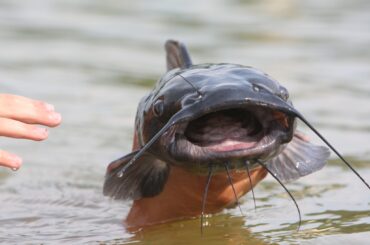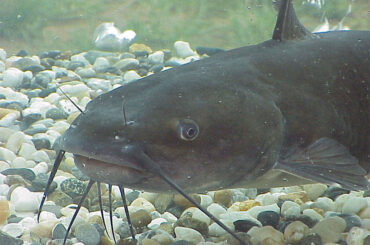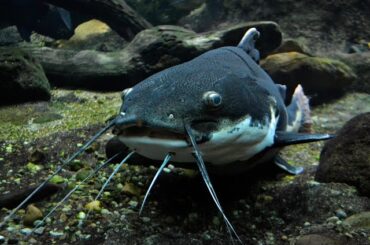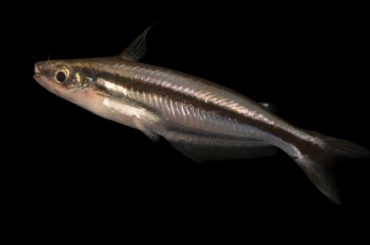The Atlantic Cod Fish Species (Gadus morhua) is a benthopelagic fish belonging to the Gadidae family, which includes 22 different species. Cod can be found north of Cape Hatteras, North Carolina, and around both the coasts of Greenland and the Labrador Sea in the western Atlantic Ocean; in the eastern Atlantic, it can be found from the Bay of Biscay north to the Arctic Ocean, including the Baltic Sea, the North Sea, the Sea of the Hebrides, areas around Iceland, and the Barents Sea.
Along with Pacific cod and Greenland cod, the Atlantic cod is one of three species in the genus Gadus. Cod refers to a range of fish species, not all of which are classed as Gadus, though some do belong to the Atlantic cod family, Gadidae.
Cod drew Europeans to North America for short fishing trips and later persuaded them to stay as fishermen benefitted from the flaky white flesh, high protein content, and low-fat level of this fish. As Europeans explored North America in search of a route to Asia, they discovered an abundance of enormous cod and began fishing along the coast of what is now New England, using makeshift fishing encampments.
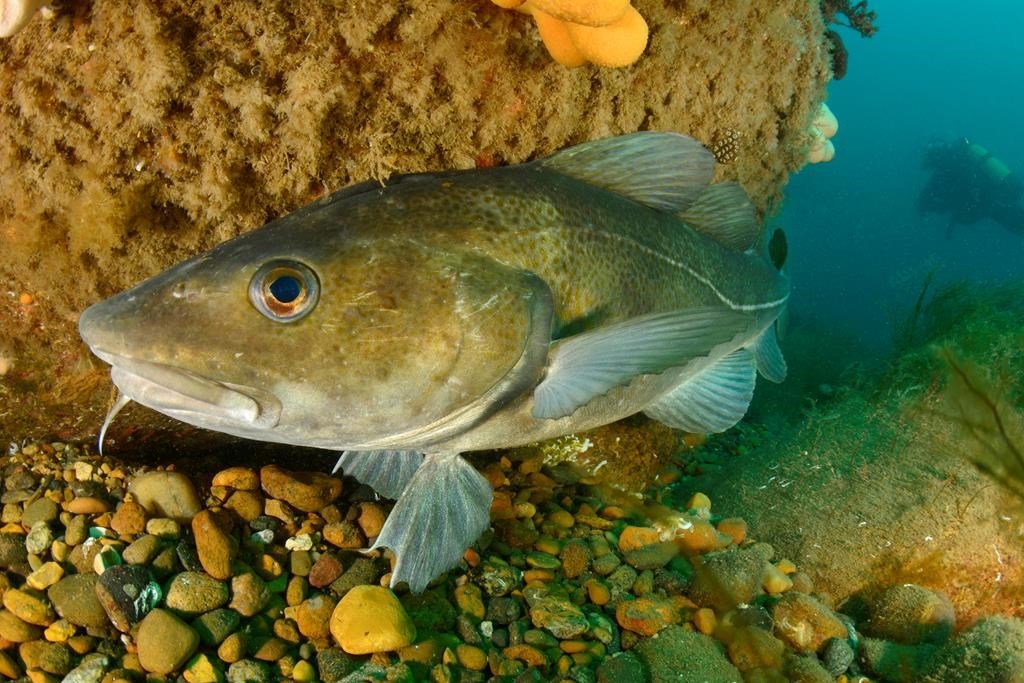
One of the most extensively fished species is the Atlantic Cod Fish Species. North European fishermen have been catching Atlantic cod for a thousand years, following it across the North Atlantic Ocean to North America. It aided the US and Canadian fishing industries until 1992 when cod fishing was prohibited. Several cod stocks crashed in the 1990s (losing more than 95 percent of their maximum historical biomass) and have yet to fully recover, even after fishing was stopped. In many locations, the lack of an apex predator has resulted in a trophic cascade. Many other cod stocks are still in jeopardy.
Table of Contents
The Atlantic Cod Fish Species Body Structure
The biggest cod ever recorded was 1.5 meters long and weighed 47 kilograms, however, most cod is between 60 and 120 centimeters long and weigh up to 40 kilograms. The size and weight of men and females are similar. Its habitat stretches from the coast to the continental shelf, down to 300 meters (1,000 feet). One of the most extensively fished species is the Atlantic cod.
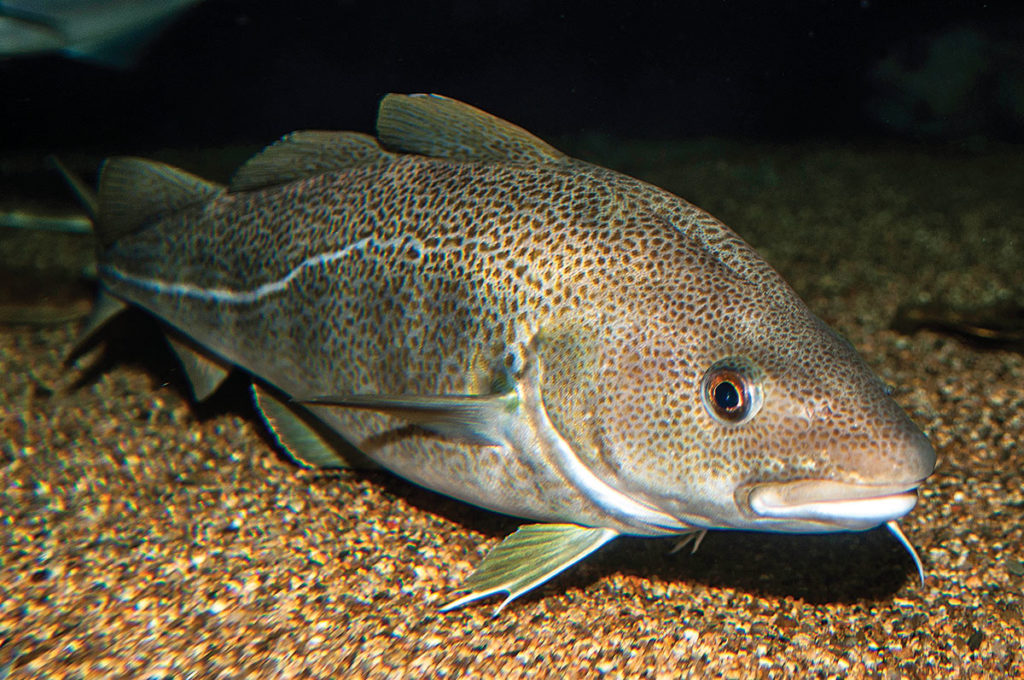
Brown or green in color, with dots on the dorsal side that fade to silver ventrally. There is a visible stripe along its lateral line used to detect vibrations. The lateral line is a light line that runs down the side of their body. Their chin has a conspicuous barbel, or whisker-like projection, giving them a catfish-like appearance. Individuals have three dorsal fins and two anal fins, which are all pronounced.
Behavior
Atlantic cod are shoaling fish that congregate in huge, size-structured groups. Larger fish operate as scouts and guide the shoal in the right direction, especially during post-spawning feeding migrations inshore. During migration, cod actively feed, and when food is encountered, shoal structure changes. Shoals are assumed to be rather leaderless, with all fish having similar status and resources and benefits distributed equally.
In the Baltic, Atlantic cod are apex predators, and adults are largely unaffected by predation. Adult cod, on the other hand, may hunt on juvenile fish, who are known to perform cannibalism.
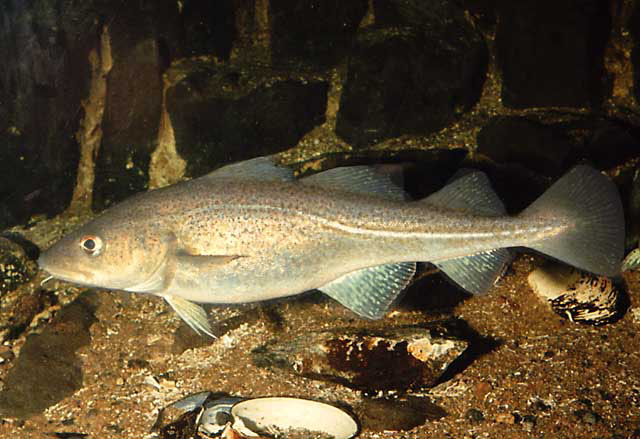
During the day, swimming speed was faster than at night. This is mirrored in the fact that cod search for food more vigorously during the day. Cod’s activity pattern is expected to change depending on the length of daylight, therefore activity fluctuates throughout the year.
Diets
Fish such as herring, capelin, and sand eels, as well as mollusks, crabs, and sea worms, make up the diet of Atlantic Cod Fish Species. Fish is the primary food source for huge Atlantic cod. Decapods are the predominant food source in some areas, with fish serving as a supplement to the diets.
Reproduction
Atlantic Cod Fish Species reproduce once a year during a one- to two-month spawning season. Males and females congregate in spawning schools, which produce an average of 8.3 egg batches per spawning season. Spawning takes place in February or April, with a female having up to 9 million eggs. In the water, the eggs and newly hatched young float freely. Males fertilize the released eggs after females release gametes in a ventral mount.
Size-based reproductive hierarchies exist among cod males. Larger cod males are more successful in mating and produce the greatest number of progeny in a community.

